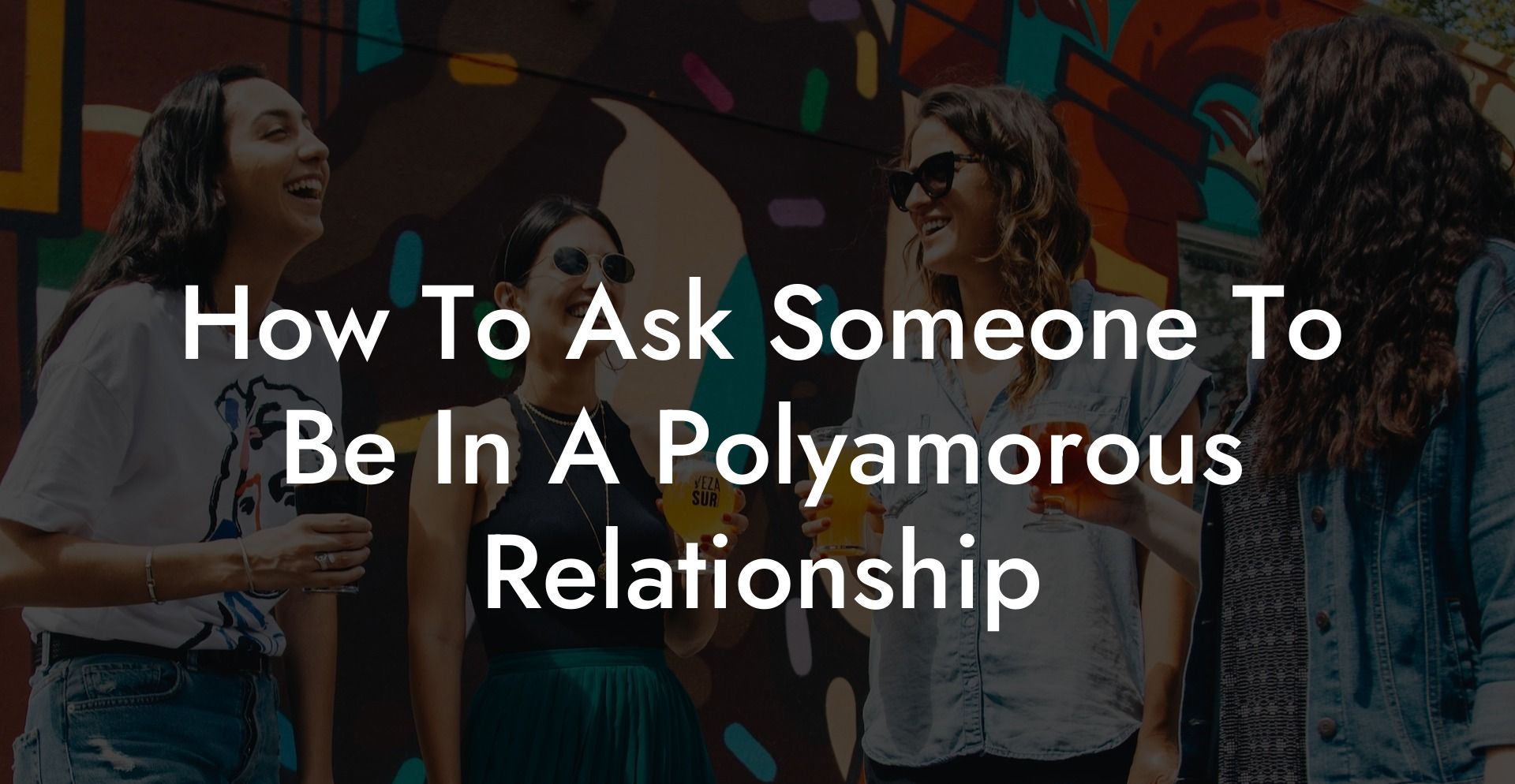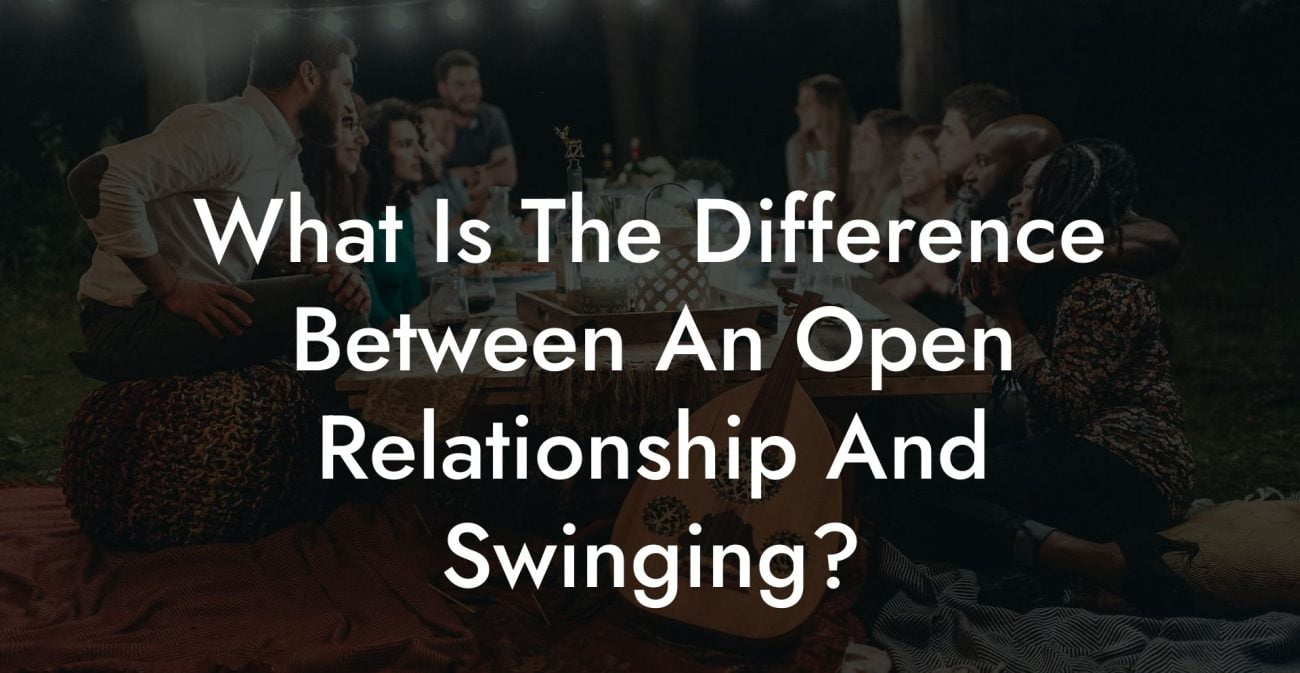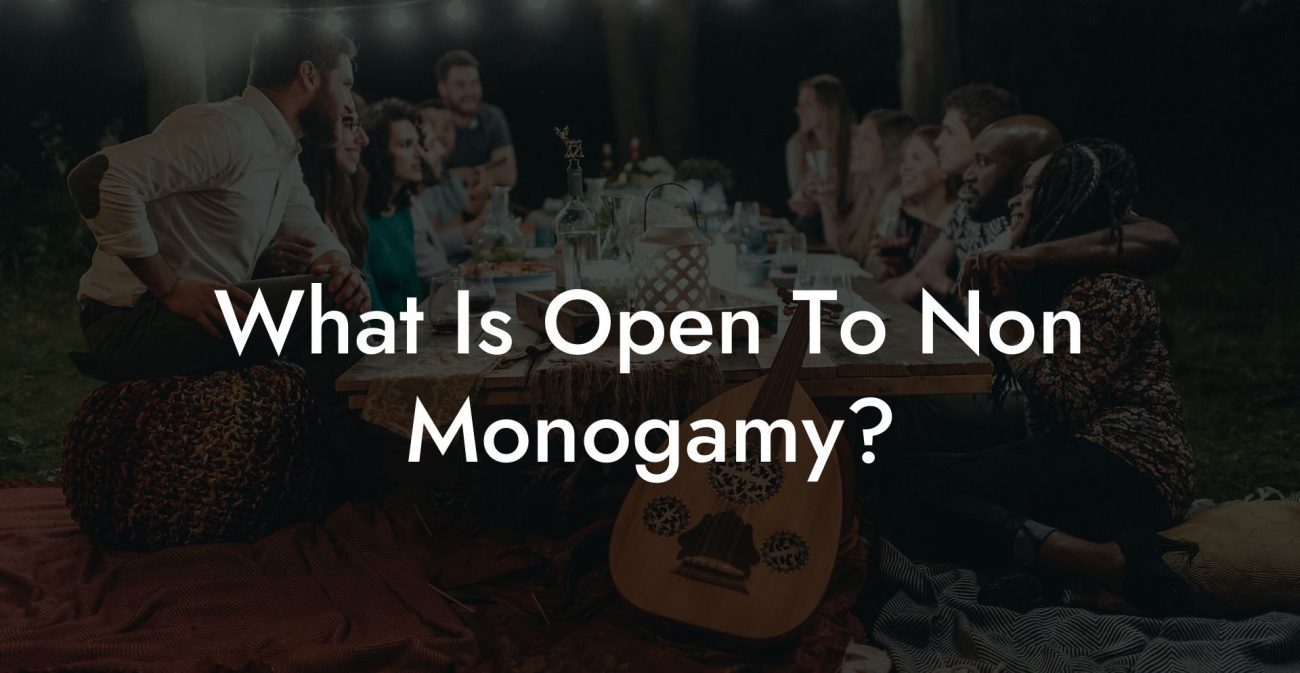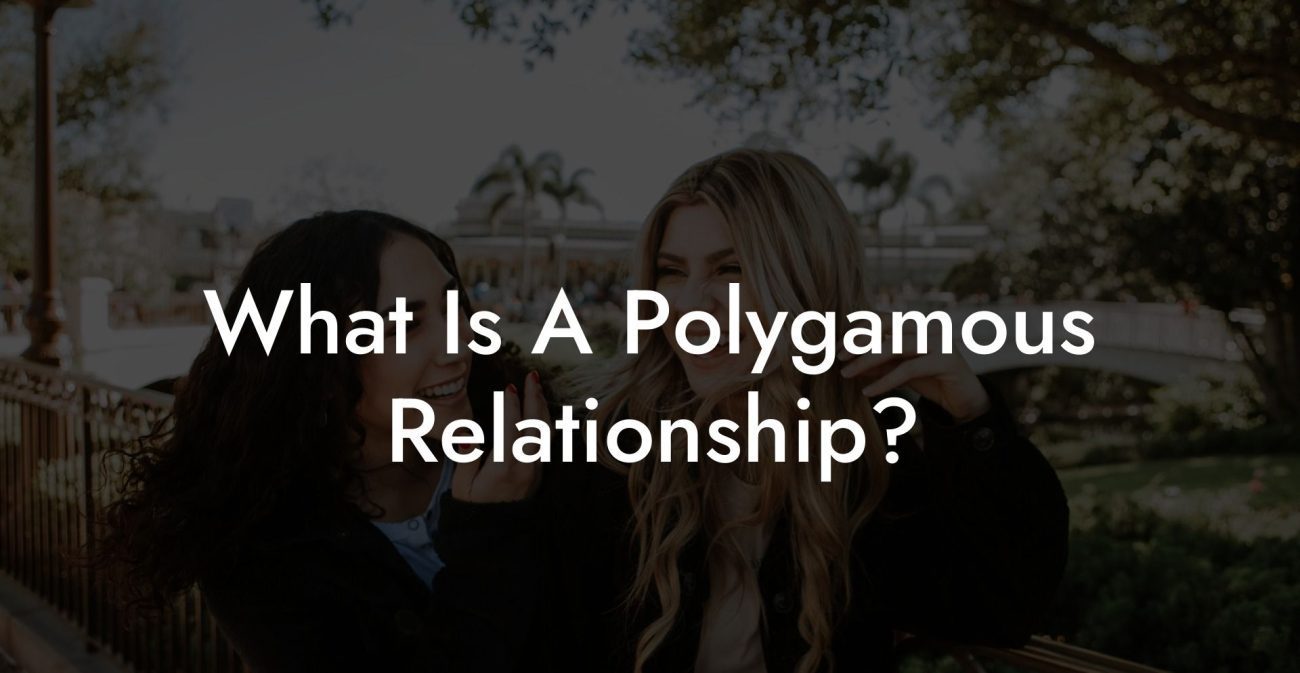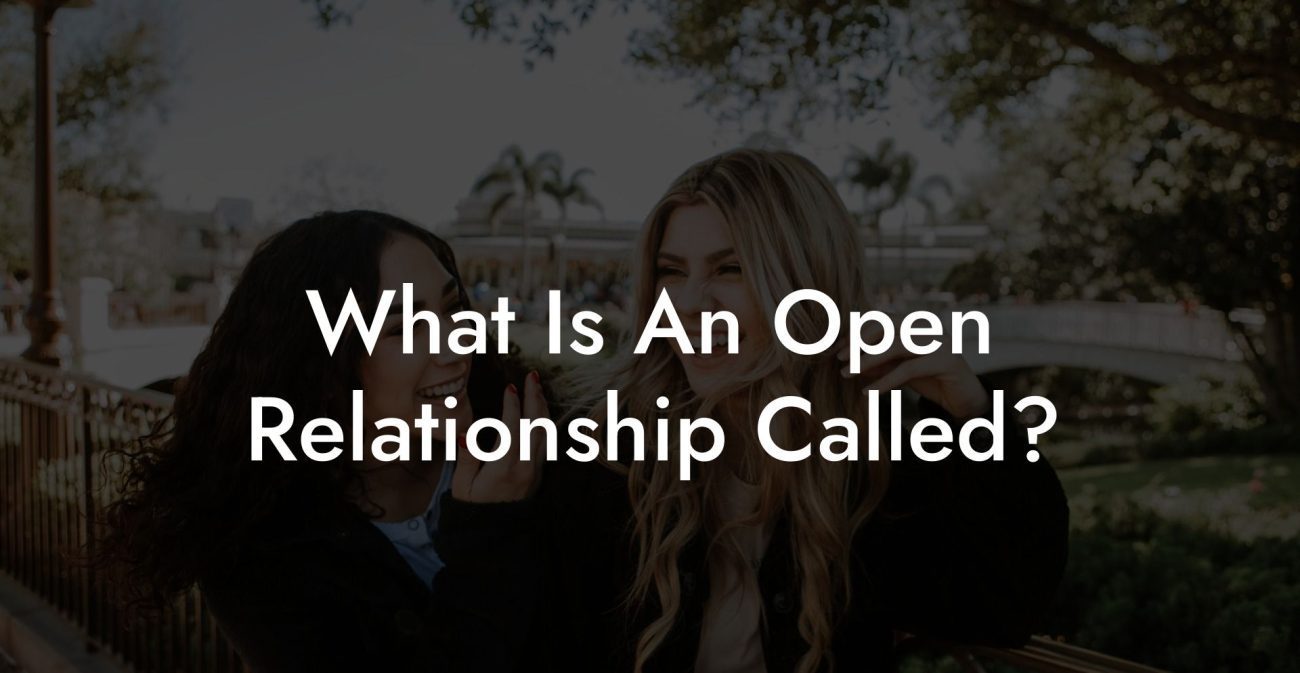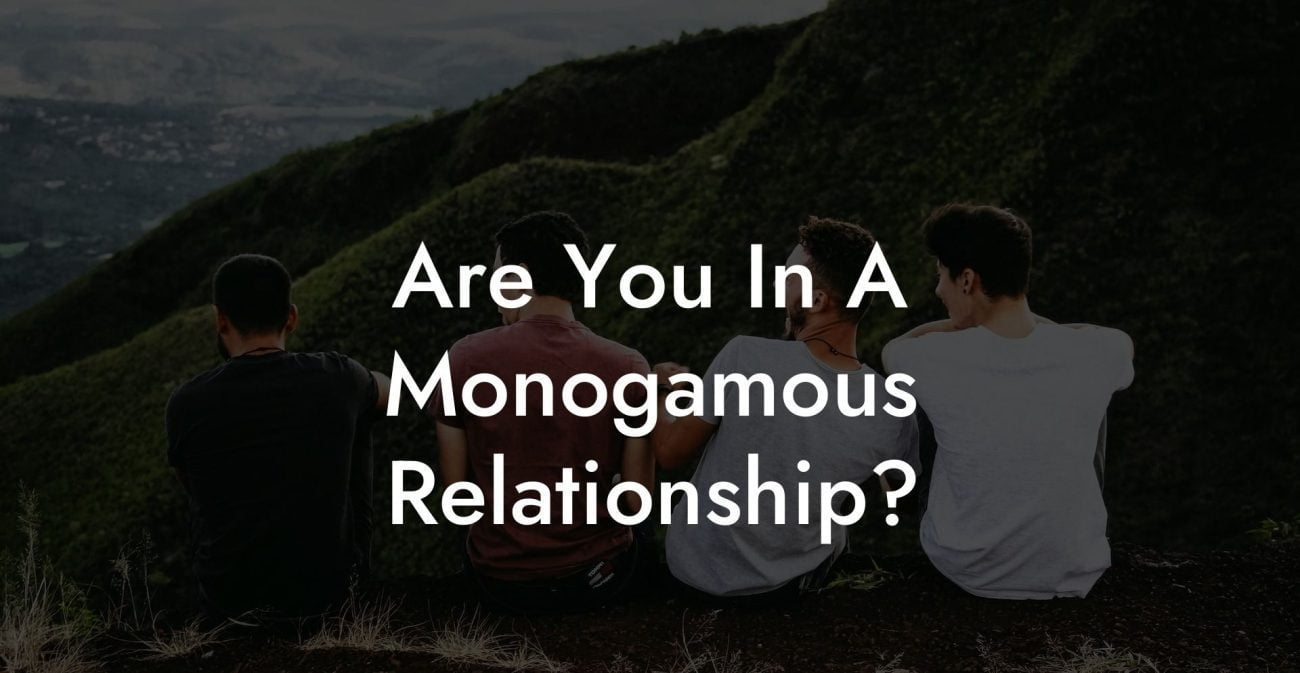Entering the world of polyamory can be an exciting and fulfilling experience, but it can also be intimidating when it comes to asking someone to join you in this non-monogamous lifestyle. This article will guide you through the process of asking someone to be in a polyamorous relationship, addressing any concerns and providing practical advice to ensure a smooth and positive experience for all involved.
How To Ask Someone To Be In A Polyamorous Relationship Table of Contents
Understand Polyamory and Your Own Relationships
Before you ask someone to be in a polyamorous relationship, it is essential to fully understand what polyamory entails and to evaluate your current relationships. Consider the various forms of polyamory, such as hierarchical versus egalitarian, and what your personal boundaries and deal-breakers might be. Evaluate your existing relationships and consider how adding another partner may impact them.
Choose the Right Person
It is crucial to select someone who is open and compatible with polyamorous relationships. Consider their values and relationship preferences, and ask yourself whether they would be a good fit for your existing dynamic. Keep in mind that an open-minded and respectful individual is more likely to consider joining you in a polyamorous relationship.
Communicate Your Desire
Once you have determined that someone may be a suitable candidate for a polyamorous relationship, the next step is to communicate your desire to them. Be honest about your intentions and explain your reasons for wanting to embark on this type of relationship. Ensure that the person you are speaking to is aware of the expectations and responsibilities that come with such a partnership.
Address Their Concerns
It is natural for someone to voice concerns or ask questions when considering a polyamorous relationship. Encourage open communication and reassure them that their thoughts and feelings are valued. Addressing their concerns can help build trust and show that you are serious about pursuing a polyamorous relationship together.
Discuss Boundaries and Rules
Discussing boundaries and rules is an essential step in establishing a healthy polyamorous relationship. Each partner should feel comfortable expressing their boundaries and any rules they may deem necessary for the partnership to succeed. Developing a strong foundation of communication helps create a supportive environment for everyone.
Take Things Slowly
Diving headfirst into a polyamorous relationship can be overwhelming for all parties involved. Take the time to slowly integrate a new partner into your existing relationships. This will allow everyone to adjust to the new dynamic and build strong connections, leading to a more successful and fulfilling relationship.
How To Ask Someone To Be In A Polyamorous Relationship Example:
Delia is already in a committed relationship with Tom, and they have been discussing the idea of becoming polyamorous. Delia meets someone at a local event who seems to be a great fit for their intended polyamorous dynamic.
After some initial conversation, Delia decides to address her interest in pursuing a polyamorous relationship with this new person. She openly communicates her reasons for wanting to explore polyamory and answers any questions or concerns the person may have. After several conversations, Delia, her new partner, and Tom decide to have a group discussion about boundaries, rules, and expectations.
They opt to take things slowly, gradually integrating the new partner into their lives and allowing everyone the time to adjust comfortably. Together, they work towards building a strong foundation for their polyamorous relationship.
Embarking on the journey to ask someone to be in a polyamorous relationship can be both exciting and nerve-wracking. Following these guidelines and ensuring open communication throughout the process can set the stage for a successful and fulfilling polyamorous experience. If you found this article helpful, please share it with others who may benefit from the information and explore other guides on The Monogamy Experiment for more insights into the world of non-monogamous relationships.

